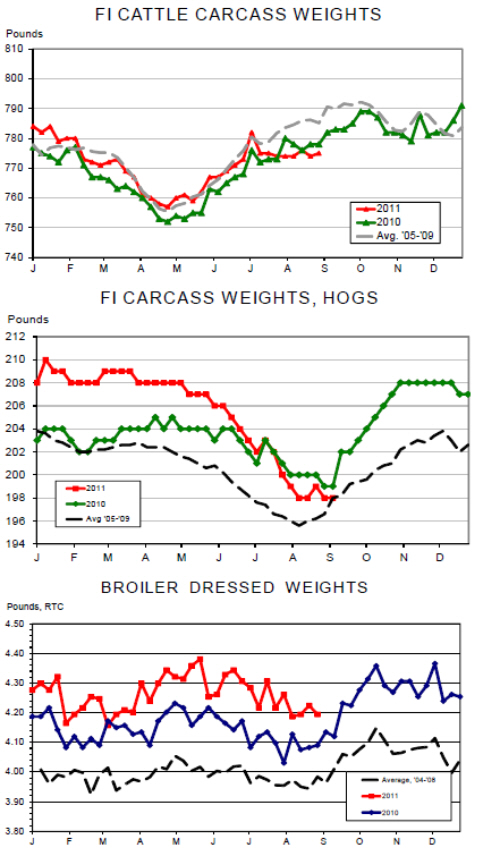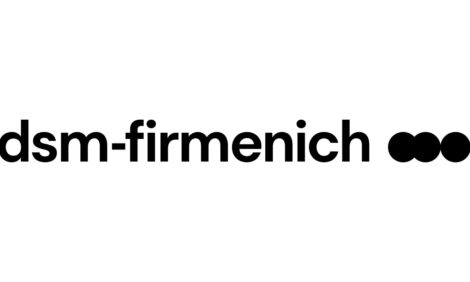



CME: High Feed Costs Equal Lower Weight?
US - One impact of higher feed costs should be lower market weights for livestock and poultry, right? Well sort of, discuss Steve Meyer and Len Steiner.That
expected reaction on the part of feeders is predicated on the fact that
animals convert feed progressively less efficiently as they get older.
Pigs will convert well under two pounds of feed to a pound of gain at
young ages but may require three or more to put on a pound of gain as
they near market weights of 260-300 pounds at six months or so of
age.
One way to make the economics work with higher-priced feed
is to sell the animals at lower weights as long as they are not so light
that their price is docked by packers.
Packers, in general, do not like
light animals at all since the plant and labor costs for processing a
light animal are virtually the same as those of processing a heavier
critter and, since premiums for light products are usually not large,
sales from the lighter animal are lower.
Look at the three major species average weight performance,
though, and you wonder if anyone has actually read the economic
textbooks.
Only hog weights are lower than they were one
year ago.
Further, average cattle weights are lower than last year
only because cows have averaged nearly 20 pounds (3.2 per cent) less
since 1 July.
Steers and heifers have been one per cent heavier than last year
during that period.
The biggest “non-responder,” though, has been
the broiler sector where average dressed weights continue to hover
around 4.2 pounds, up 2.4 per cent from 2010.
They have gradually declined
since late spring but the decline appears to us to be little more than a
normal seasonal reduction. Will broiler weights continue to fall as
broiler companies’ losses continue to mount? We certainly hope so.









